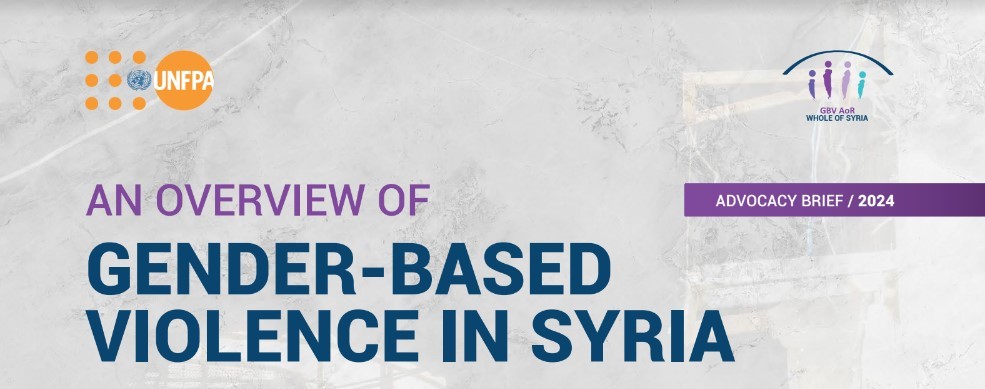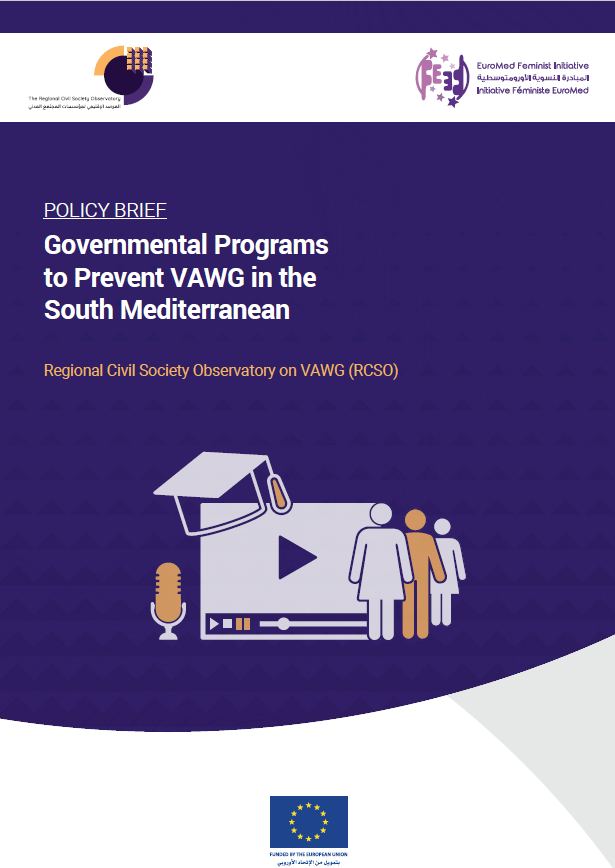BRIEF: An Overview of Gender-Based Violence in Syria

As in previous years, women and girls were the worst off, suffering heightened risks of negative coping mechanisms and gender-based violence (GBV). Most women and girls experienced compounded forms of violence, while facing high barriers to access humanitarian assistance and specialised GBV services. Women and girls in Syria described a ever present feeling of unsafety linked to the risk of GBV, including sexual violence, child and forced marriage (CFM), tech-facilitated GBV or intimate partner and domestic violence. If GBV represents a threat for women and girls’ lives, its consequences are becoming increasingly frightening for survivors who live in communities where patriarchal beliefs and traditional gender norms are deeply entrenched. The impact of GBV on individual health and the social fabric can be far-reaching and often includes stigma, reprisals, and even femicide. As funding and resources continue to plummet, the resilience of women and girls has become even more precarious.
In these challenging times, GBV programming becomes even more crucial as a lifesaving intervention. However, it’s evident that women and girls in Syria face significant barriers in voicing their concerns and asserting their rights. The risk, and fear, of retaliation when they seek services or speak out against GBV acts as a major deterrent to both individual and collective action.
This advocacy brief was published by United Nations Population Fund (unfpa.org)


